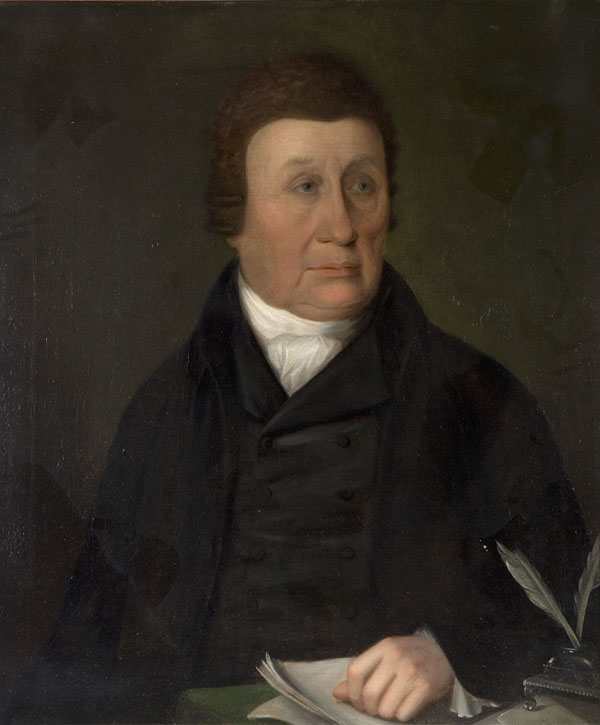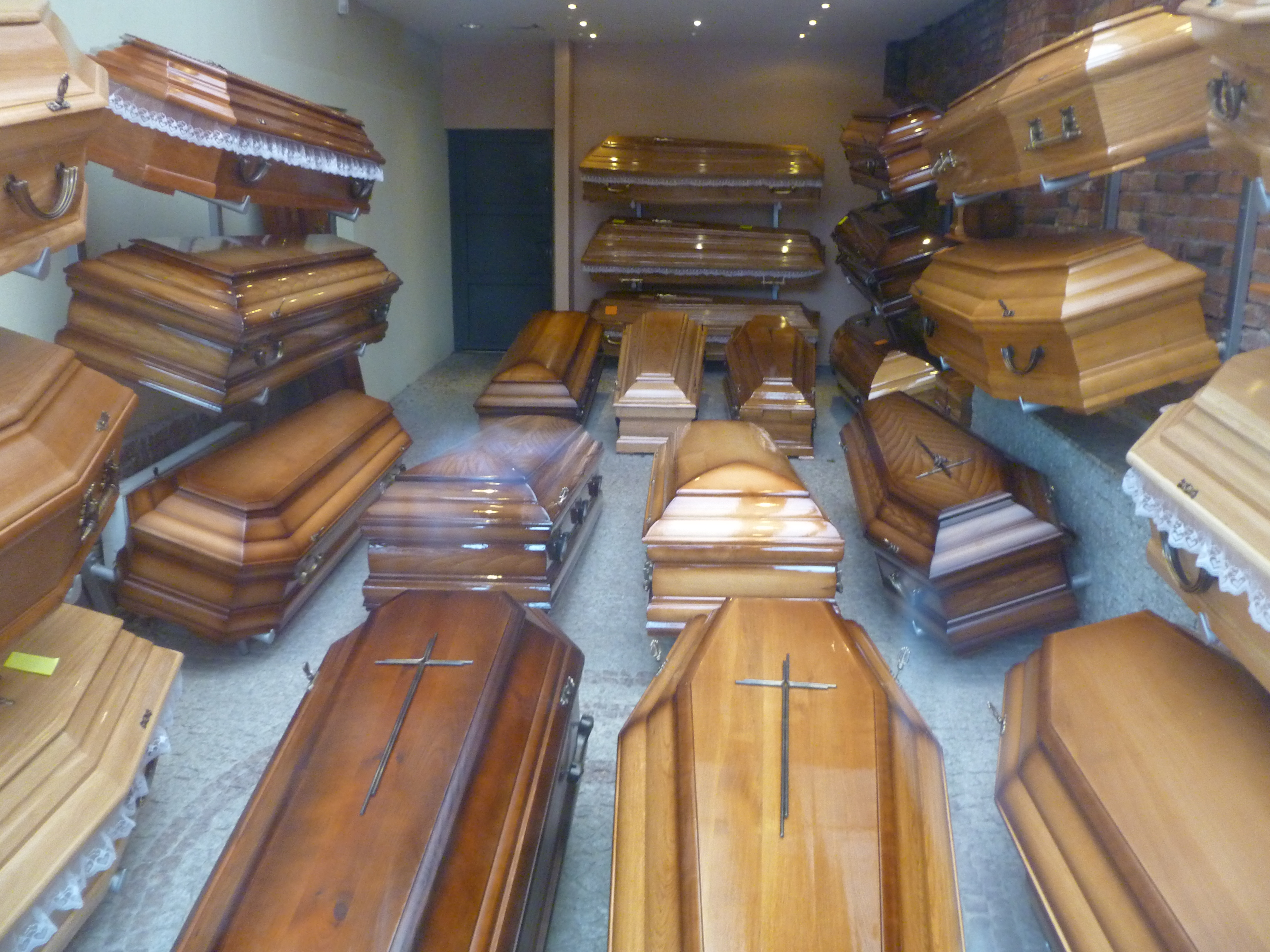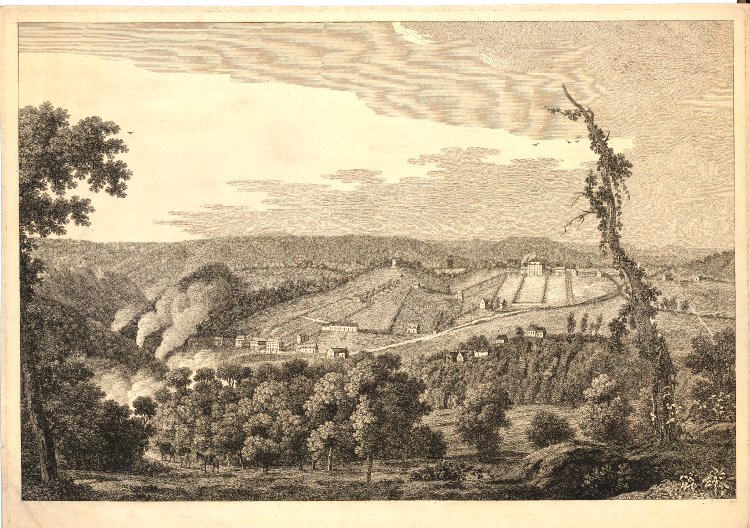|
Ironmaster
An ironmaster is the manager, and usually owner, of a forge or blast furnace for the processing of iron. It is a term mainly associated with the period of the Industrial Revolution, especially in Great Britain. The ironmaster was usually a large scale entrepreneur and thus an important member of a community. He would have a large country house or mansion as his residence. The organization of operations surrounding the smelting, refining and casting of iron was labour-intensive, and so there would be numerous workers reliant on the furnace works. There were ironmasters (possibly not called such) from the 17th century onwards, but they became more prominent with the great expansion in the British iron industry during the Industrial Revolution. 17th century ironmasters (examples) An early ironmaster was John Winter (Royalist), John Winter (about 1600–1676) who owned substantial holdings in the Forest of Dean. During the English Civil War he cast cannons for Charles I of England ... [...More Info...] [...Related Items...] OR: [Wikipedia] [Google] [Baidu] |
John Wilkinson (industrialist)
John "Iron-Mad" Wilkinson (1728 – 14 July 1808) was an English industrialist who pioneered the manufacture of cast iron and the use of cast-iron goods during the Industrial Revolution. He was the inventor of a precision boring machine that could bore cast iron cylinders, such as cannon barrels and piston cylinders used in the steam engines of James Watt. His boring machine has been called the first machine tool. He also developed a blowing device for blast furnaces that allowed higher temperatures, increasing their efficiency, and helped sponsor the first iron bridge in Coalbrookdale. He is notable for his method of cannon boring, his techniques at casting iron and his work with the government of France to establish a cannon foundry. Biography Early life John Wilkinson was born in Little Clifton, Bridgefoot, Cumberland (now part of Cumbria), the eldest son of Isaac Wilkinson and Mary Johnson. Isaac was then the potfounder at the blast furnace there, one of the first to u ... [...More Info...] [...Related Items...] OR: [Wikipedia] [Google] [Baidu] |
Samuel Van Leer
Captain Samuel Van Leer (January 7, 1747 – October 15, 1825) was a military officer from Pennsylvania who served as a captain in the Continental Army during the American Revolutionary War and as lieutenant in the Chester County Light Horse Volunteers from 1781 to 1785. After his retirement from the military, he owned the Reading Furnace ironworks. He was a member of the influential Van Leer family. His father Bernardhus Van Leer was an early settler of the Province of Pennsylvania. He married the sister of American Revolutionary War General Anthony Wayne. His son Isaac Van Leer was a U.S. Congressman. Early life Van Leer was born in 1747 in Marple Township, Province of Pennsylvania, British America to Mary (Branson) and Bernardhus Van Leer. His maternal grandfather is William Branson who was an ironworks pioneer and owned the historical home Warrenpoint. In 1770, Samuel married Hannah Wayne, daughter to Isaac Wayne and sister to Anthony Wayne. American Revolutionary War Van ... [...More Info...] [...Related Items...] OR: [Wikipedia] [Google] [Baidu] |
Ironbridge002
Ironbridge is a large village in the borough of Telford and Wrekin in Shropshire, England. Located on the bank of the River Severn, at the heart of the Ironbridge Gorge, it lies in the civil parish of The Gorge. Ironbridge developed beside, and takes its name from, The Iron Bridge, a cast iron bridge that was built in 1779. History The area around Ironbridge is described by those promoting it as a tourist destination as the "Birthplace of the Industrial Revolution". This description is based on the idea that Abraham Darby perfected the technique of smelting iron with coke, in Coalbrookdale, allowing much cheaper production of iron. However, the industrial revolution did not begin in any one place. Darby's iron smelting was but one small part of this generalised revolution and was soon superseded by the great iron-smelting areas. However, the bridge – being the first of its kind fabricated from cast iron, and one of the few which have survived to the present day ... [...More Info...] [...Related Items...] OR: [Wikipedia] [Google] [Baidu] |
Abraham Darby I
Abraham Darby, in his later life called Abraham Darby the Elder, now sometimes known for convenience as Abraham Darby I (14 April 1677 – 5 May 1717, the first and best known of several men of that name), was an English ironmaster and foundryman. Born into an English Quaker family that played an important role in the Industrial Revolution, Darby developed a method of producing pig iron in a blast furnace fuelled by coke rather than charcoal. This was a major step forward in the production of iron as a raw material for the Industrial Revolution. Early life Abraham Darby was the son of John Darby, a yeoman farmer and locksmith by trade, and his wife Ann Baylies. He was born at Wren's Nest in Woodsetton, Staffordshire, now part of Dudley, West Midlands. He was descended from nobility; his great-grandmother Jane was an illegitimate child of Edward Sutton, 5th Baron Dudley. Abraham's great-grandmother was a sister of the whole blood to Dud Dudley, who claimed to have smelted i ... [...More Info...] [...Related Items...] OR: [Wikipedia] [Google] [Baidu] |
James Watt
James Watt (; 30 January 1736 (19 January 1736 OS) – 25 August 1819) was a Scottish inventor, mechanical engineer, and chemist who improved on Thomas Newcomen's 1712 Newcomen steam engine with his Watt steam engine in 1776, which was fundamental to the changes brought by the Industrial Revolution in both his native Great Britain and the rest of the world. While working as an instrument maker at the University of Glasgow, Watt became interested in the technology of steam engines. He realised that contemporary engine designs wasted a great deal of energy by repeatedly cooling and reheating the cylinder. Watt introduced a design enhancement, the separate condenser, which avoided this waste of energy and radically improved the power, efficiency, and cost-effectiveness of steam engines. Eventually, he adapted his engine to produce rotary motion, greatly broadening its use beyond pumping water. Watt attempted to commercialise his invention, but experienced great financial di ... [...More Info...] [...Related Items...] OR: [Wikipedia] [Google] [Baidu] |
Coffins
A coffin is a funerary box used for viewing or keeping a corpse, either for burial or cremation. Sometimes referred to as a casket, any box in which the dead are buried is a coffin, and while a casket was originally regarded as a box for jewelry, use of the word "casket" in this sense began as a euphemism introduced by the undertaker's trade. A distinction is commonly drawn between "coffins" and "caskets", using "coffin" to refer to a tapered hexagonal or octagonal (also considered to be anthropoidal in shape) box and "casket" to refer to a rectangular box, often with a split lid used for viewing the deceased as seen in the picture. Receptacles for cremated and cremulated human ashes (sometimes called cremains) are called urns. Etymology First attested in English in 1380, the word ''coffin'' derives from the Old French , from Latin , which means ''basket'', which is the latinisation of the Greek κόφινος (''kophinos''), ''basket''. The earliest attested form of the word ... [...More Info...] [...Related Items...] OR: [Wikipedia] [Google] [Baidu] |
Cast Iron
Cast iron is a class of iron–carbon alloys with a carbon content more than 2%. Its usefulness derives from its relatively low melting temperature. The alloy constituents affect its color when fractured: white cast iron has carbide impurities which allow cracks to pass straight through, grey cast iron has graphite flakes which deflect a passing crack and initiate countless new cracks as the material breaks, and ductile cast iron has spherical graphite "nodules" which stop the crack from further progressing. Carbon (C), ranging from 1.8 to 4 wt%, and silicon (Si), 1–3 wt%, are the main alloying elements of cast iron. Iron alloys with lower carbon content are known as steel. Cast iron tends to be brittle, except for malleable cast irons. With its relatively low melting point, good fluidity, castability, excellent machinability, resistance to deformation and wear resistance, cast irons have become an engineering material with a wide range of applications and are ... [...More Info...] [...Related Items...] OR: [Wikipedia] [Google] [Baidu] |
The Iron Bridge
The Iron Bridge is a cast iron arch bridge that crosses the River Severn in Shropshire, England. Opened in 1781, it was the first major bridge in the world to be made of cast iron. Its success inspired the widespread use of cast iron as a structural material, and today the bridge is celebrated as a symbol of the Industrial Revolution. The geography of the deep Ironbridge Gorge, formed by glacial action during the last ice age, meant that there are industrially useful deposits of coal, iron ore, limestone and fire clay present near the surface where they are readily mined, but also that it was difficult to build a bridge across the river at this location. To cope with the instability of the banks and the need to maintain a navigable channel in the river, a single span iron bridge was proposed by Thomas Farnolls Pritchard. After initial uncertainty about the use of iron, construction took place over 2 years, with Abraham Darby III responsible for the ironworks. The bridge cro ... [...More Info...] [...Related Items...] OR: [Wikipedia] [Google] [Baidu] |
Railway
Rail transport (also known as train transport) is a means of transport that transfers passengers and goods on wheeled vehicles running on rails, which are incorporated in tracks. In contrast to road transport, where the vehicles run on a prepared flat surface, rail vehicles (rolling stock) are directionally guided by the tracks on which they run. Tracks usually consist of steel rails, installed on sleepers (ties) set in ballast, on which the rolling stock, usually fitted with metal wheels, moves. Other variations are also possible, such as "slab track", in which the rails are fastened to a concrete foundation resting on a prepared subsurface. Rolling stock in a rail transport system generally encounters lower frictional resistance than rubber-tyred road vehicles, so passenger and freight cars (carriages and wagons) can be coupled into longer trains. The operation is carried out by a railway company, providing transport between train stations or freight customer facilit ... [...More Info...] [...Related Items...] OR: [Wikipedia] [Google] [Baidu] |
Steam Engine
A steam engine is a heat engine that performs mechanical work using steam as its working fluid. The steam engine uses the force produced by steam pressure to push a piston back and forth inside a cylinder. This pushing force can be transformed, by a connecting rod and crank, into rotational force for work. The term "steam engine" is generally applied only to reciprocating engines as just described, not to the steam turbine. Steam engines are external combustion engines, where the working fluid is separated from the combustion products. The ideal thermodynamic cycle used to analyze this process is called the Rankine cycle. In general usage, the term ''steam engine'' can refer to either complete steam plants (including boilers etc.), such as railway steam locomotives and portable engines, or may refer to the piston or turbine machinery alone, as in the beam engine and stationary steam engine. Although steam-driven devices were known as early as the aeolipile in the f ... [...More Info...] [...Related Items...] OR: [Wikipedia] [Google] [Baidu] |
Metallurgy
Metallurgy is a domain of materials science and engineering that studies the physical and chemical behavior of metallic elements, their inter-metallic compounds, and their mixtures, which are known as alloys. Metallurgy encompasses both the science and the technology of metals; that is, the way in which science is applied to the production of metals, and the engineering of metal components used in products for both consumers and manufacturers. Metallurgy is distinct from the craft of metalworking. Metalworking relies on metallurgy in a similar manner to how medicine relies on medical science for technical advancement. A specialist practitioner of metallurgy is known as a metallurgist. The science of metallurgy is further subdivided into two broad categories: chemical metallurgy and physical metallurgy. Chemical metallurgy is chiefly concerned with the reduction and oxidation of metals, and the chemical performance of metals. Subjects of study in chemical metallurgy include mi ... [...More Info...] [...Related Items...] OR: [Wikipedia] [Google] [Baidu] |
Coalbrookdale
Coalbrookdale is a village in the Ironbridge Gorge in Shropshire, England, containing a settlement of great significance in the history of iron ore smelting. It lies within the civil parish called the Gorge. This is where iron ore was first smelted by Abraham Darby using easily mined "coking coal". The coal was drawn from drift mines in the sides of the valley. As it contained far fewer impurities than normal coal, the iron it produced was of a superior quality. Along with many other industrial developments that were going on in other parts of the country, this discovery was a major factor in the growing industrialisation of Britain, which was to become known as the Industrial Revolution. Today, Coalbrookdale is home to the Ironbridge Institute, a partnership between the University of Birmingham and the Ironbridge Gorge Museum Trust offering postgraduate and professional development courses in heritage. Before Abraham Darby Before the Dissolution of the Monasteries, Madeley ... [...More Info...] [...Related Items...] OR: [Wikipedia] [Google] [Baidu] |






.jpg)


